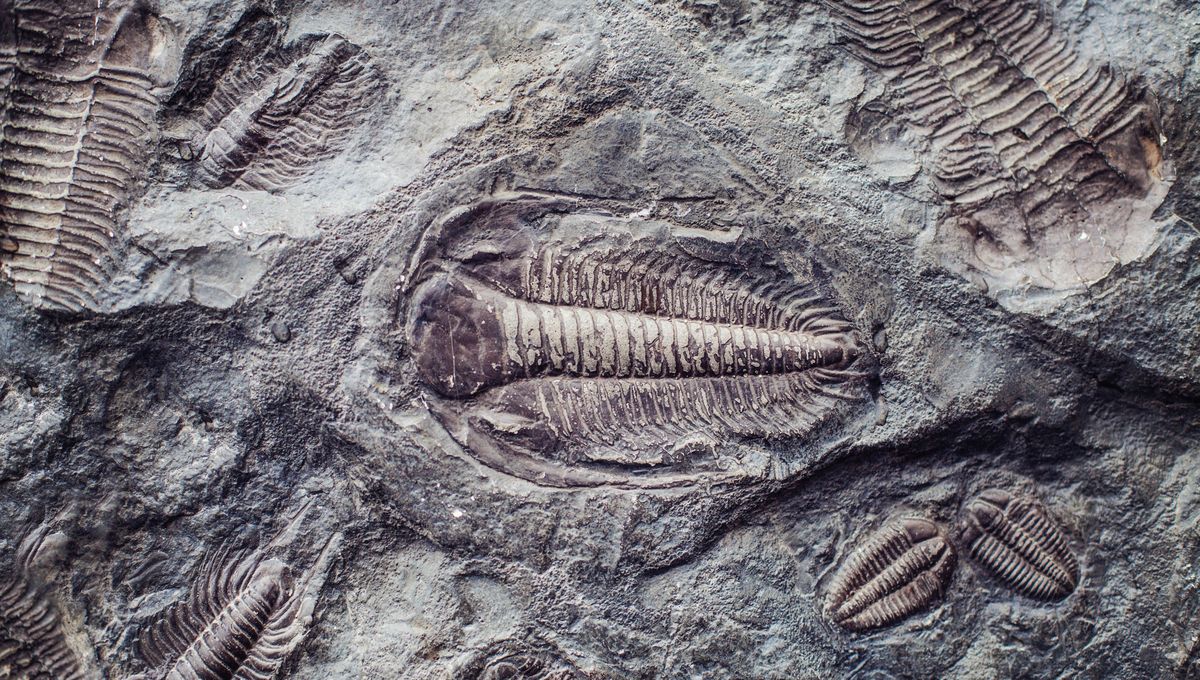
Researchers have determined that the Great Dying, the mass extinction event that occurred 252 million years ago was likely accentuated by catastrophic “mega El Niños” that devastated ecosystems. These extreme weather events caused significant swings in the climate that killed off vast amounts of life.
The Great Dying, also known as the Permian-Triassic extinction event, is considered the most severe extinction event in Earth’s history, eventually wiping out around 90 percent of Earth’s species. However, despite its significance for life on this planet, the ultimate kill mechanism for this mass extinction has remained uncertain.
For a long time, scientists believed the Great Dying was caused by emissions from volcanic eruptions in what is now Siberia, which triggered a rapid global temperature spike. The eruptions released enormous quantities of carbon dioxide (CO2) into the atmosphere that, like today, caused ocean temperatures to rise. But they also made this water stagnant, lowering the oxygen levels until marine creatures died off.
This explanation, however, has holes in it. One significant problem is that land species, including plants and insects that were usually resilient, had already started to die off tens of thousands of years before those in the sea. Since then, other suggestions have been offered.
“Climate warming alone cannot drive such devastating extinctions because, as we are seeing today, when the tropics become too hot, species migrate to the cooler, higher latitudes,” Dr Alexander Farnsworth, Senior Research Associate at the University of Bristol, explained in a statement.
“Our research has revealed that increased greenhouse gases don’t just make the majority of the planet warmer, they also increase weather and climate variability making it even more ‘wild’ and difficult for life to survive.”
El Niño events occur due to fluctuating ocean temperatures in the Pacific Ocean and can have significant impacts on the global climate. They can cause extreme weather, such as increased rainfall in places like the Horn of Africa and the southern United States, while causing dry conditions and draughts in places like Southeast Asia, Australia, and southern Africa. El Niño can also contribute to wildfires and disrupt ecosystems.
This year, El Niño has contributed to the June heatwave that was experienced in North America, when temperatures reached 15°C hotter than normal.
“Fortunately such events so far have only lasted one to two years at a time. During the Permian-Triassic crisis, El Niño persisted for much longer resulting in a decade of widespread drought, followed by years of flooding. Basically, the climate was all over the place and that makes it very hard for any species to adapt,” Professor Paul Wignall added.
Wignall, Farnsworth, and colleagues assessed the extent of the Permian-Triassic warming by examining oxygen isotopes in the fossilized tooth matter of small extinct water-dwelling organisms called conodonts, allowing them to determine the temperature record. The analysis revealed a drastic drop in temperature gradients in mid and low latitudes.
“Essentially, it got too hot everywhere, said Farnsworth. “The changes responsible for the climate patterns identified were profound because there were much more intense and prolonged El Niño events than witnessed today. Species were simply not equipped to adapt or evolve quickly enough.”
The Permian-Triassic extinction was so severe because the mega El Niño evens created a positive feedback loop on the climate which led to increasingly warm conditions that started in the tropics and then onwards, causing the dieback of vegetation. Fewer plants meant less CO2 was removed from the atmosphere. At the same time, this also removed an important part of the food web.
This, the researchers believe, helps explain why this extinction event saw land species dying before their marine counterparts.
“Whilst the oceans were initially shielded from the temperature rises, the mega El Nino’s caused temperatures on land to exceed most species thermal tolerances at rates so rapid that they could not adapt in time,” co-author Professor Yadong Sun added.
“Most life failed to adapt to these conditions, but thankfully a few things survived, without which we wouldn’t be here today. It was nearly, but not quite, the end of the life on Earth.”
The paper is published in Science.
Source Link: Mega El Niños May Have Sparked The Greatest Mass Extinction Event In Earth's History